By Mario Russell
Although we are in the rainy season T&T is experiencing hot spells of excessively hot weather characterized by high temperatures and accompanied by high humidity.
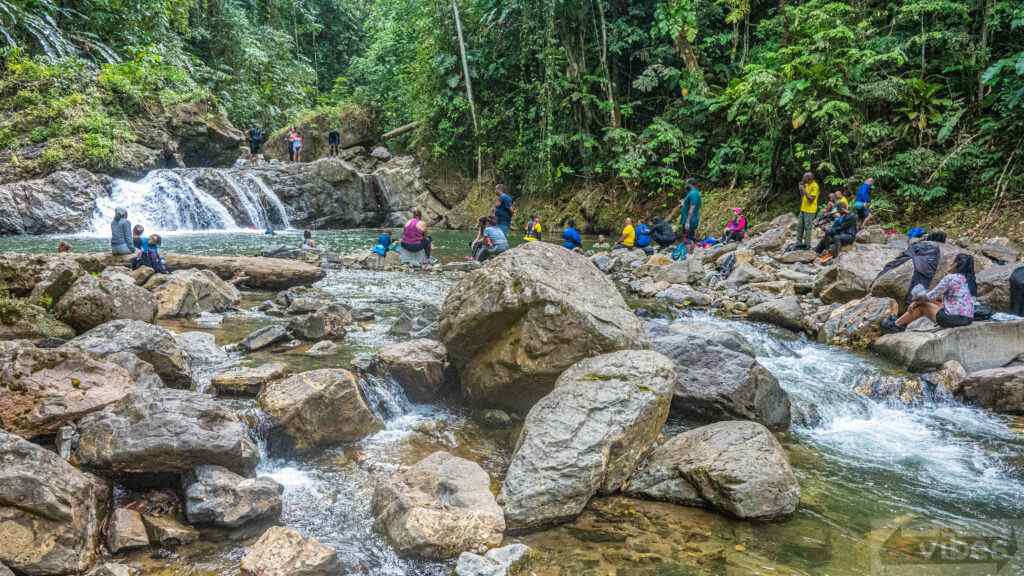
The hottest day was in August when the temperature rose to 35.2 degrees Celsius and since then it has been flatulating to around 34 degrees upward. A hot spell is different to a heatwave which is considered a more significant and prolonged period of heat, while a hot spell may refer to a
shorter period of above-average temperatures.
Several factors contribute to the occurrence of heat spells in the atmosphere. During April to May the sun is travelling into the Northern Hemisphere and from August to October, the sun is travelling southward. During these times, despite the rainy season, the concentration of the sun is at its highest in T&T.
In addition, the Atlantic Ocean is also very warm, warmer than normal due to the El Nino effect which occurs every 2 to 7 years and can have widespread and significant impacts on weather patterns, ocean currents and ecosystems worldwide. Trade Winds coming in from the sea tend to be warmer causing the place to be hotter. Clouds block the incoming solar radiation from reaching the surface and due to the lack of clouds in the skies, we get the full brunt of the sunlight adding to the heat. Also, at this time the tropical Atlantic is very active, and when we have these tropical cyclones passing just north of T&T it tends to suck up the moisture and pull air from the equator.
Hiking in hot weather can be challenging and potentially dangerous if you don’t take the necessary precautions. Climbing hills in the hot humid conditions can easily cause one to get exhausted and even faint.
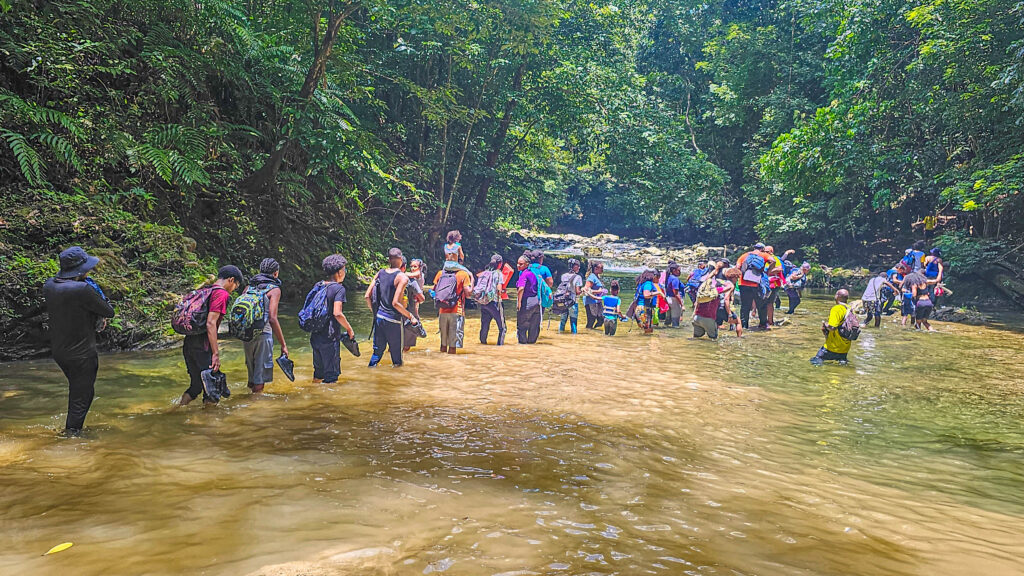
Here are some important precautions to keep in mind when hiking in the heat:
Hydration: Drink plenty of water before you start hiking to ensure you are well-hydrated. Carry an adequate supply of water and consider a hydration reservoir or water purification system for longer hikes. Drink small sips regularly rather than waiting until you’re thirsty. Here are some common thirst quencher drinks that is recommended to replenish lost salts during sweating. Water, sports drinks, coconut water, fruit juices, herbal teas, sparkling water and electrolyte tablets and powders. Remember that while these drinks can help quench your thirst, it’s essential to choose beverages that align with yourdietary and health goals. Also, be mindful of energizing and soft drinks which
can have negative health effects and lead to dehydration.
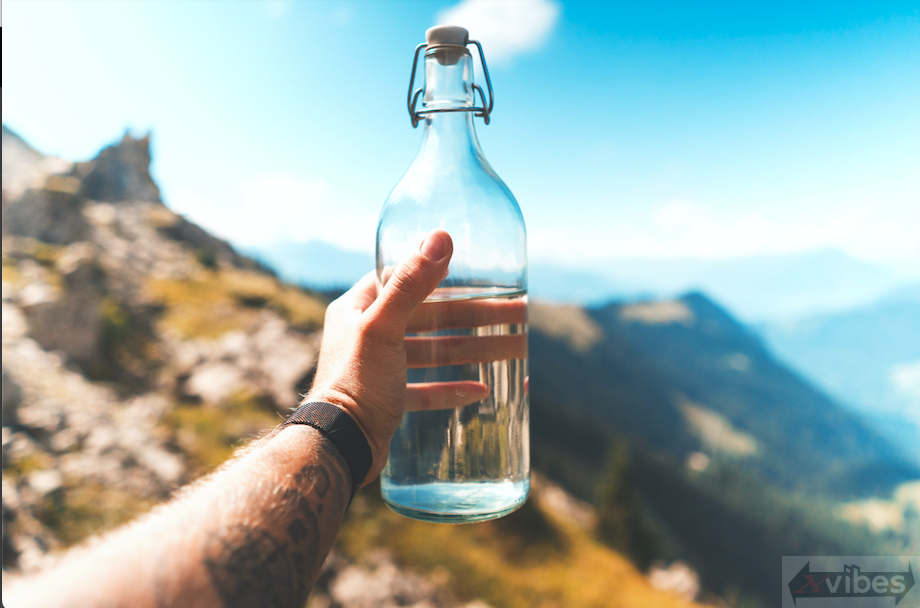
Dress appropriately: Wear lightweight, breathable clothing that covers your skin to protect against the sun. Choose light-coloured clothing to reflect sunlight. Consider moisture-wicking fabrics to keep sweat away from your skin. Apply sunscreen with a high SPF rating on exposed skin, even on cloudy days. Wear sunglasses with UV protection and a wide-brimmed hat to protect your face and eyes from the sun.
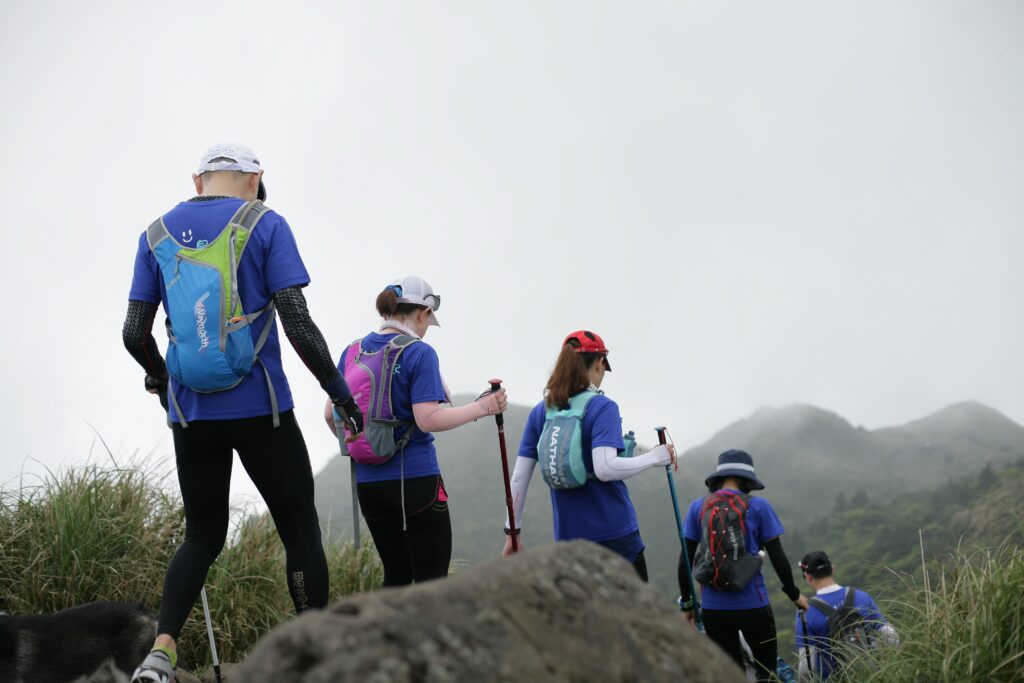
Plan your hike: Choose cooler times for hiking, such as early morning or late afternoon. Know the route, trail conditions, and the expected weather forecast. Inform someone about your hiking plans and estimated return time. Pace yourself: Slow down and take frequent breaks in shaded areas or rest stops.
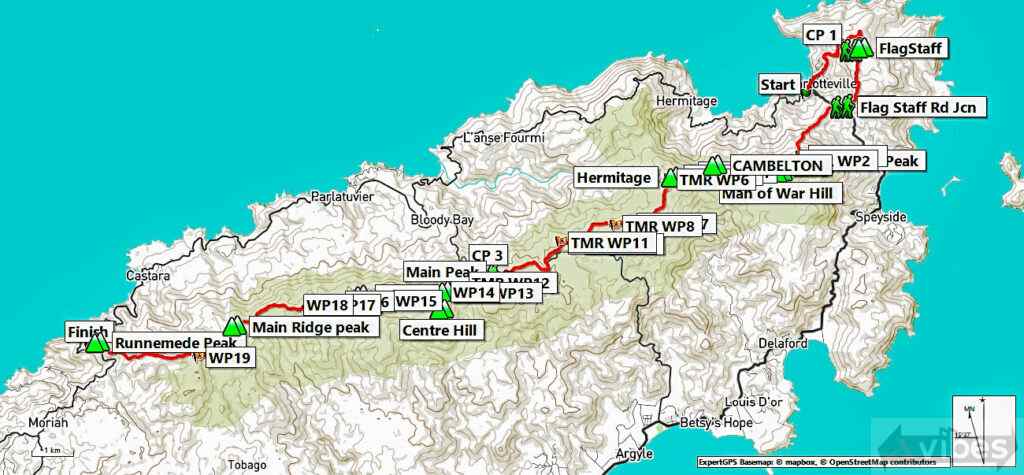
Listen to your body: if you start feeling dizzy, nauseous, or overly fatigued, it’s time to stop and rest.
Stay in the shade: When possible, hike in shaded areas, and take advantage of natural shade from trees and rock formations. Carry a lightweight, portable shade like an umbrella or sunshade.
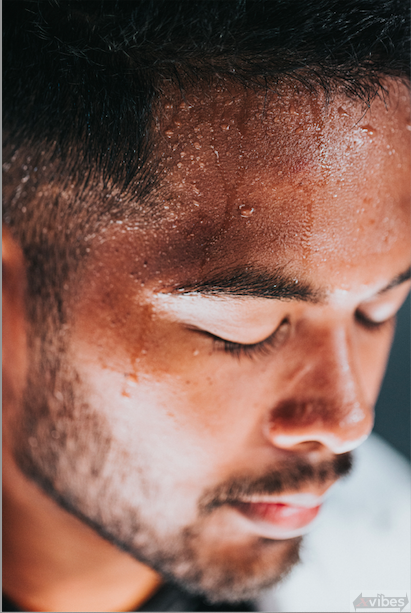
Heat-related illness awareness: Be aware of the signs of heat-related illnesses such as heat exhaustion and heatstroke, including excessive sweating, weakness, confusion, and elevated body temperature. If someone in your group shows signs of heat-related illness, take immediate action by moving to a cooler place and providing fluids.
Acclimatize: If you’re not used to hiking in hot weather, gradually acclimate your body by starting with shorter, less strenuous hikes.
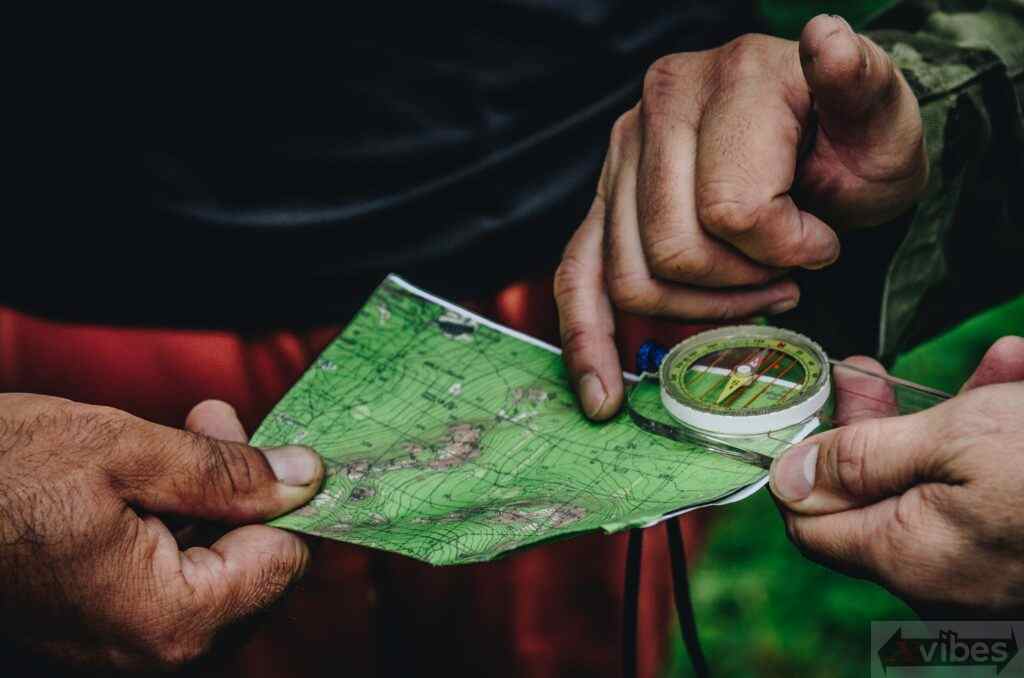
Stay informed and be prepared: Check weather updates and heat advisories for your hiking area. Be prepared to change your plans if conditions become unsafe. Carry essential supplies: Bring a fully charged phone, map, compass, or GPS device. Carry a basic first aid kit with items like bandages, antiseptic wipes, and blister treatment.
